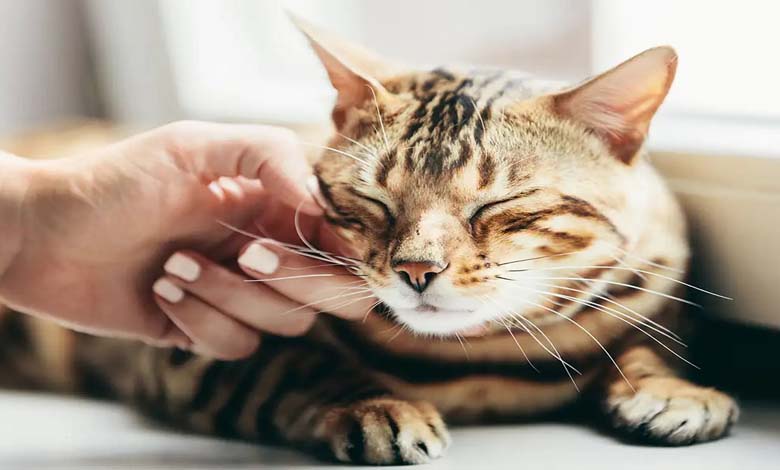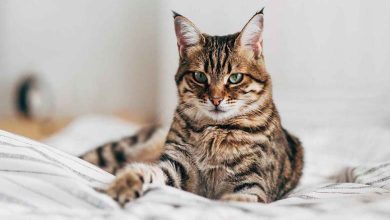Japanese Study Edges Closer to Unlocking the Mystery of Cat Purring

The purring of cats has intrigued humans for centuries. Often associated with contentment and calm, this deep and rhythmic sound remains scientifically underexplored. Now, a recent Japanese-led study, supported by researchers at the University of Vienna, is shedding light on the mysterious biology behind this vocal behavior.
-
Iran: One of the World’s Rarest Wild Cats Dies
-
“Larry” is not the only one… Lucky cats on the seats of power
An Unusual Vocal Trait
Purring occurs at an exceptionally low frequency—between 20 and 30 hertz. For an animal as small as a domestic cat, producing such a deep sound is unusual, since low-frequency vocalizations are typically associated with much larger animals with denser vocal structures.
Scientific Breakthrough: Laryngeal Anatomy
The research team led by Professor Christian Herbst in Vienna discovered that the larynx of deceased cats could produce purr-like sounds when stimulated with a simple flow of air. No muscular contractions were needed, which suggests that purring can occur through passive physical mechanisms.
-
Cats accused of killing 1.5 billion animals annually… Details
-
Outbreak of disease among dogs and cats in Jordan… What is the truth?
Further anatomical analysis revealed fibrous pads embedded in the cats’ vocal cords. These structures increase vocal fold mass and stiffness, enabling slower vibrations compatible with the low frequencies of purring. The mechanism is comparable to “vocal fry” in humans—a vocal register known for its deep and creaky tone.
Purring and Japanese Wellness Culture
In Japan, purring holds a special cultural and emotional resonance. It forms the basis of “purr therapy,” which is popular in cat cafés and even corporate wellness programs. Although conclusive scientific evidence is lacking, many people report feeling calmer and less stressed after spending time around purring cats.
-
Giant Wolves Cloned: Scientists Bring Back a Species Extinct for 10,000 Years
-
The End of an Era: Euthanasia of Victoria, the UK’s Largest Female Polar Bear
Purring has thus become both a subject of medical curiosity and a symbol of emotional comfort in Japanese society.
A Potential Role in Self-Healing
Some hypotheses suggest that cats may purr to heal themselves. Low-frequency vibrations have been shown in human studies to promote bone density, muscle recovery, and wound healing. It is therefore plausible that purring serves as a built-in therapeutic tool for felines. More studies are needed, but early findings are promising.
Toward a More Nuanced Understanding
These discoveries challenge the notion that purring is solely a deliberate or emotional behavior. Evidence of passive production mechanisms suggests that cats might also purr automatically or reflexively under certain conditions.
Rather than being just a soothing signal of happiness, purring now emerges as a complex vocal process grounded in unique anatomical adaptations. The combined contributions of Japanese and European researchers are paving the way for a deeper understanding of animal communication and its implications for health and wellbeing.












